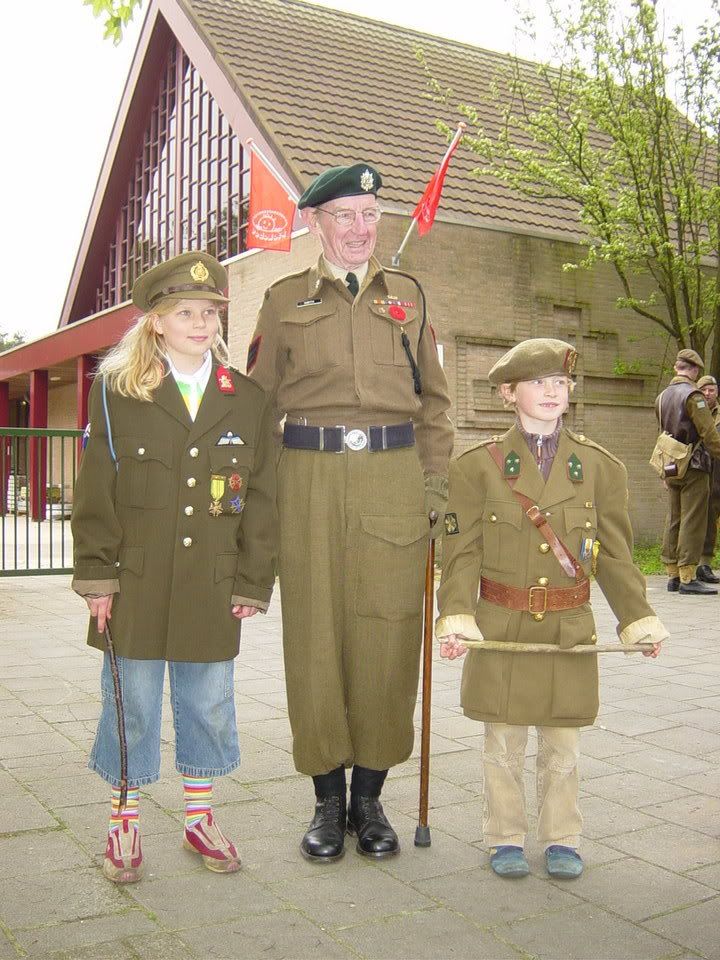If it makes you feel any better the last one I watched had some commentator talking all over it about the Royal family. But he did have some comments on the parade as well.
Any particular questions on drill?
I’m not foot guards myself, but our drill is very similar, no matter who you are in the British Army.
It should also be similar to the German in movement, as it is based on Prussian drill. I know most of the Polish is similar except that instead of slaming the foot down they do a funny out and in thing. Looks like a boy band dance move!!!
One thing to note, is if you watch the Guards march they seem more proud and full of swagger, compared to others.
This is because they march in quick time at 112 beats per minute, the remainder march at 120. I think slow time is 60 regardless of who you are.
The Light Div and Bde of Gurkhas (including QGE, QGS and QOGLR)march at 140 in the quick march and have an extra speed of 180 for the double. Rifles are always trailed, carried in the right hand between the mag and the pistol grip.

In the light drill as well the stamping of feet isn’t quite as needed, arms come to belt height not shoulder height and the commands are slightly different in that one command will iniate a whole flurry of activity.
At the start and end of every drill (unless on the march) you return to the Stand easy.
For example.
Squad, Squad will turn to the right, quick march.
The squad brace up from easy to ease, at the first squad,
then come to attention, turn to the right, and step off.
If weapons are carried they are automatically trailed when standing to attention.
In heavy drill this would take 4 seperate commands!!!
Although in the Gurkhas commands are issued vocally (sometimes in Nepalese) the Light and Rifle Regiments can also issue them by bugle.
This stems to the days when drums were used to command the men in battle. Bugles carried further so were used to command the spread out skirmishers of the light/rifle regiments. The Bugles of the Gurkhas have been replaced by bag pipes (they tend to form firm bonds with highland regiments - as Gurkha are as highland as you get!!!)
There are some here www.royalengineers.ca/Bugle.html used for general use in camp, and in manourvre. If you click on some they actually play as well so you can here them.


